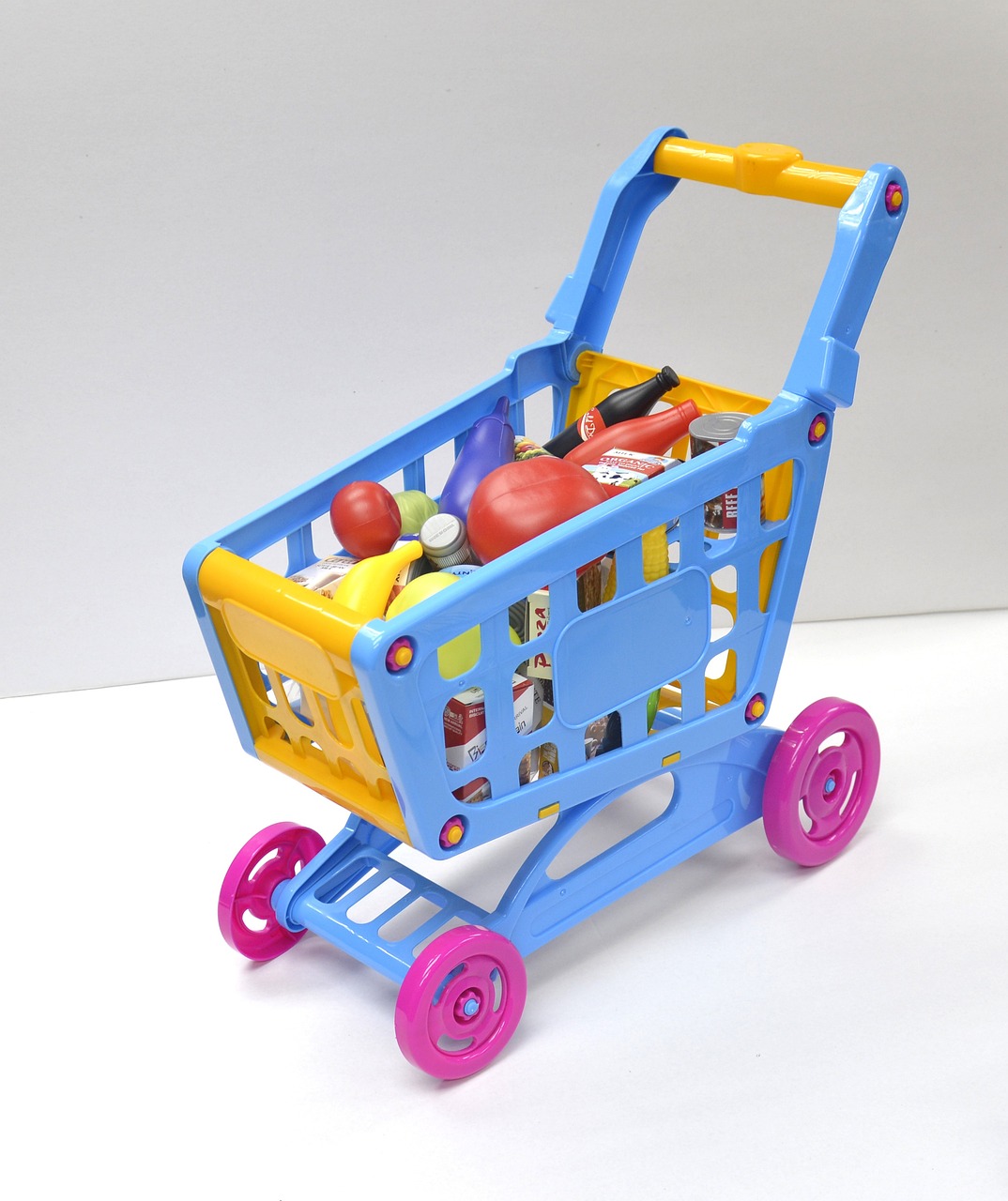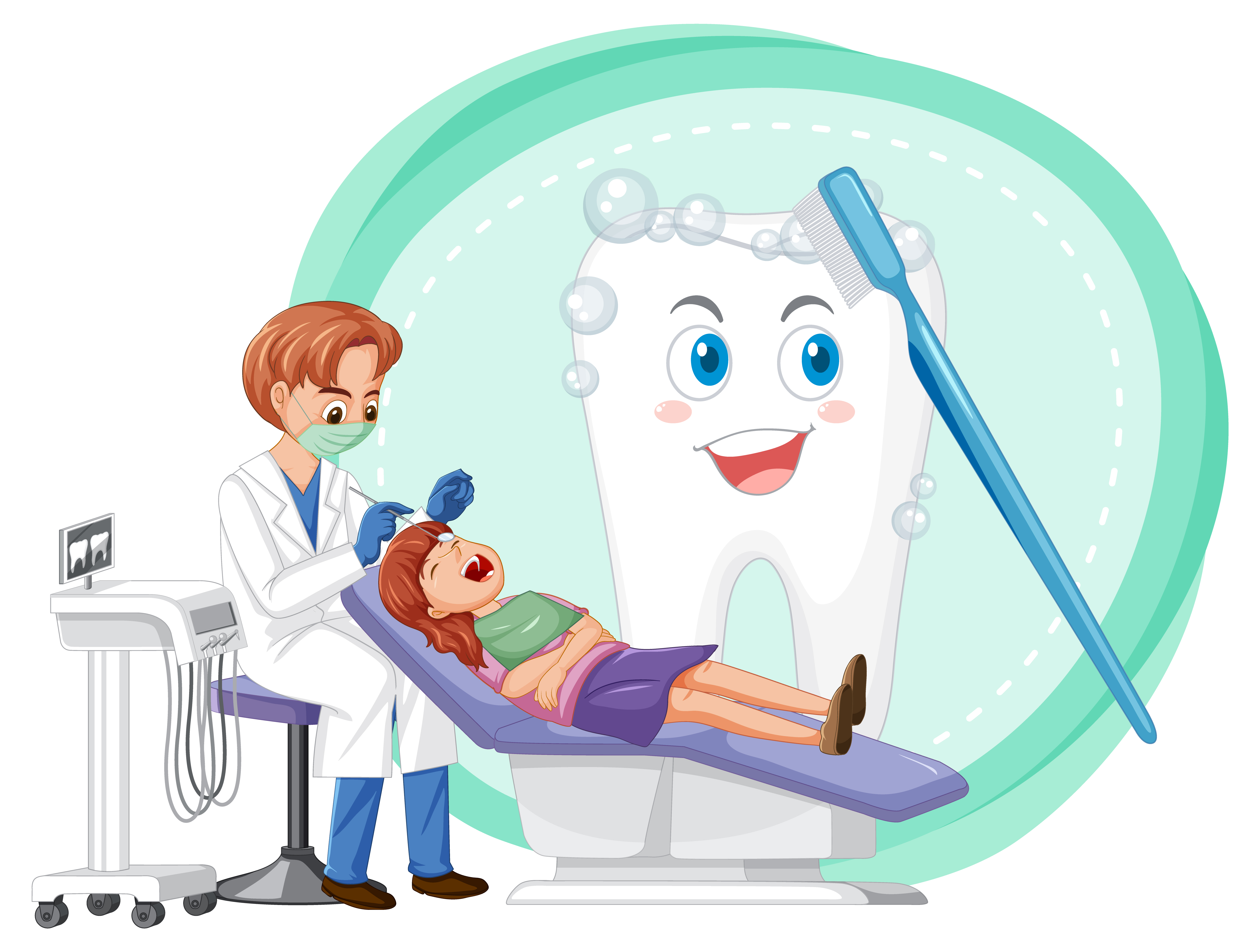Oral health for toddlers and pre-schoolers
Toothbrushing
- Brush all the surfaces of the teeth and gum-line in small circles for around 2 minutes, twice a day - just before bedtime and at another time that fits in with your routine
- Children under 3 should use a smear of toothpaste containing no less than 1000ppm fluoride
- Children aged 3 and over should use a pea-sized amount of toothpaste containing more than 1000ppm fluoride
- Use a toothpaste containing 1350-1500ppm fluoride for maximum prevention. Most ‘own brand’ supermarket toothpastes are suitable and more affordable
- Spit out the toothpaste and do not rinse!
- Brush all the surfaces of the teeth. The parent/carer should sit the child on their lap or stand behind them and cradle the child’s head while brushing
- Persevere even if the child is uncooperative. Brushing with a fluoride toothpaste is more important than good toothbrushing technique!
- Each family member should have their own toothbrush to stop spread of germs
Diet

- Reduce the amount and frequency of having foods and drinks that contain sugar, only give sweet foods including dried fruit at mealtimes
- Squashes sweetened with sugar, fizzy drinks, soft drinks and juice drinks have no place in a child’s daily diet
- 'No added sugar’ still contain natural sugars and can damage teeth. Diet/zero fizzy drinks still contain acids that can damage teeth
- Limit the amount of fruit juice and/or smoothies your child drinks to a maximum of 150 mls (one portion) in total per day and drink it with meals to reduce the risk of tooth decay
- Always ask for sugar-free medicines
- baby teeth wobble out and the first adult teeth start to come through at age 6-7
Visiting the dentist
- NHS dental treatment is free for children under 18 or under 19 and in qualifying full-time education
- Going to the dentist regularly helps the child become familiar with the dental environment, and enables the dentist to pick up on any problems as early as possible
- The dentist can paint fluoride varnish on children’s teeth to protect them from tooth decay. All children over 3 should have it applied at least twice a year, and it may also be used for younger children at high risk of tooth decay. Parents/carers should ask their dentist about fluoride varnish
- Baby teeth wobble out and the first adult teeth start to come through at age 6-7



